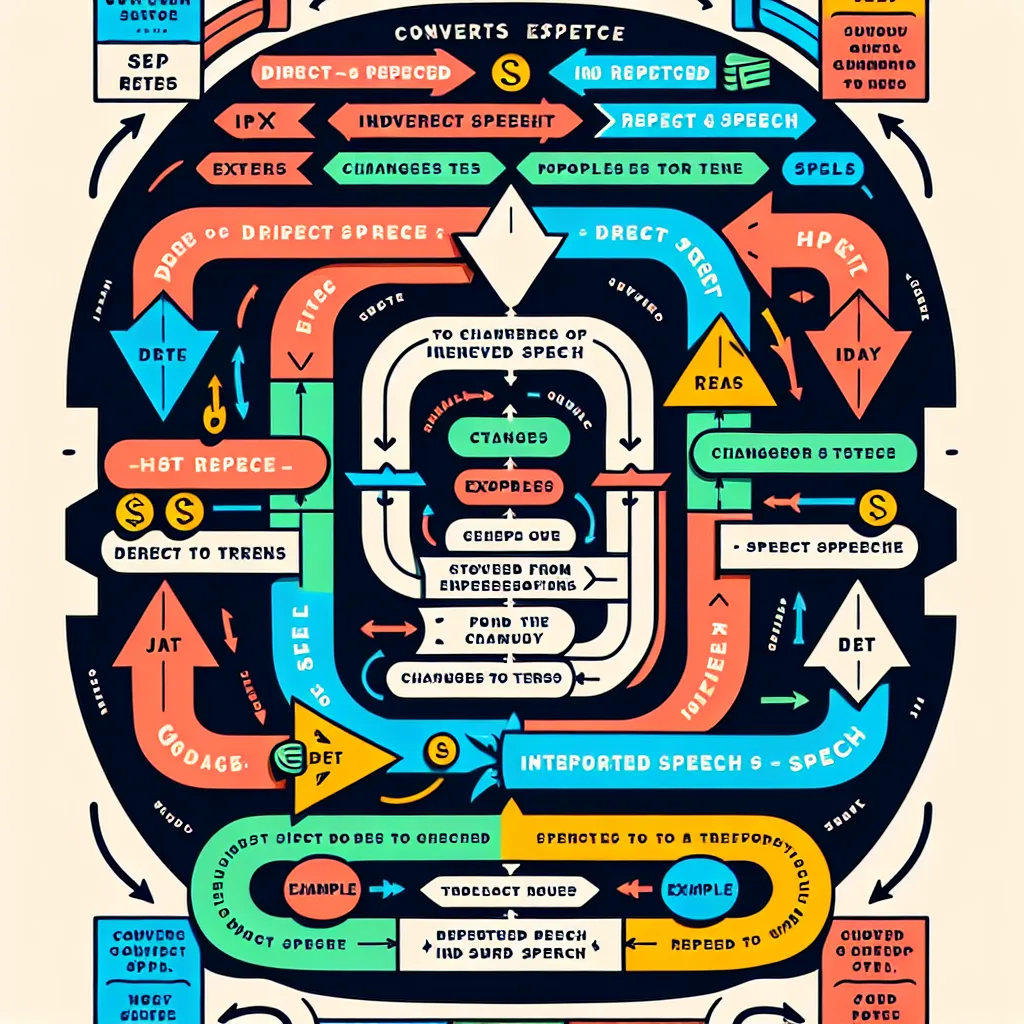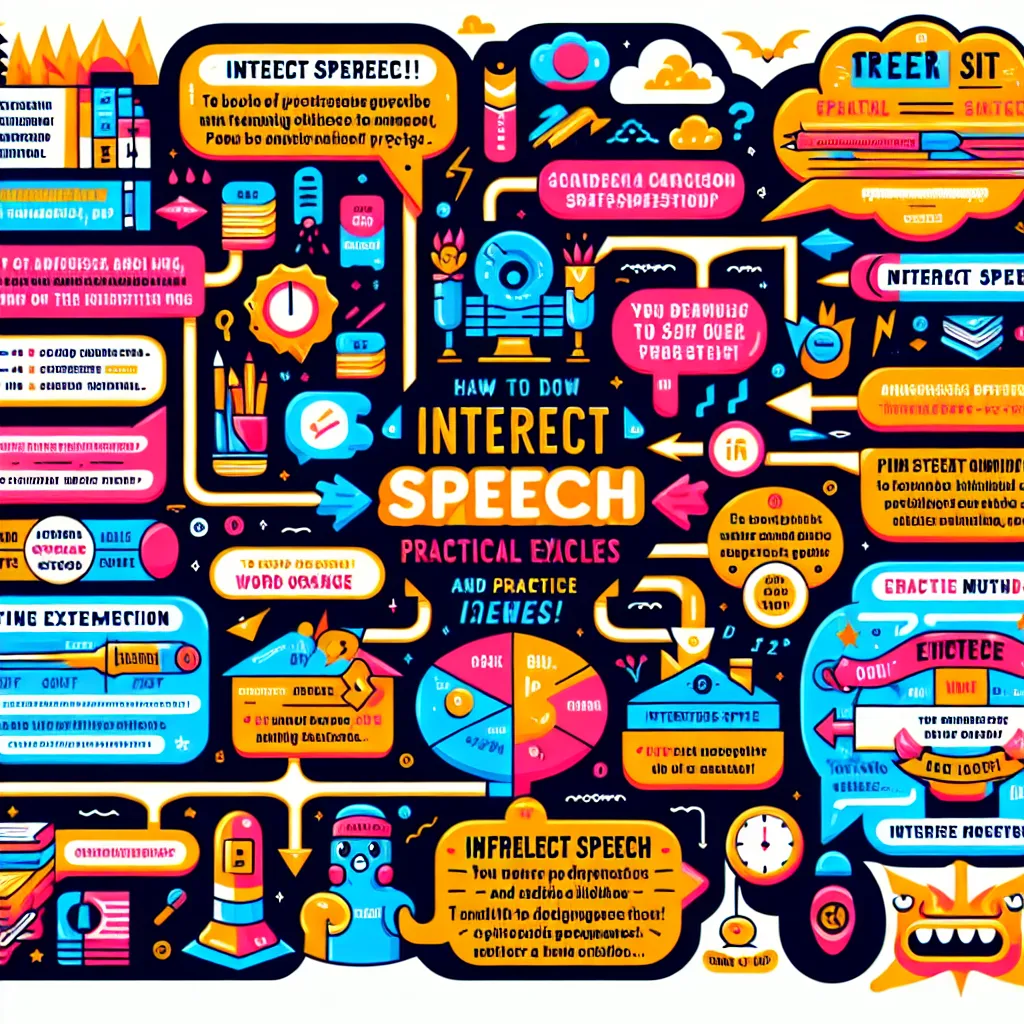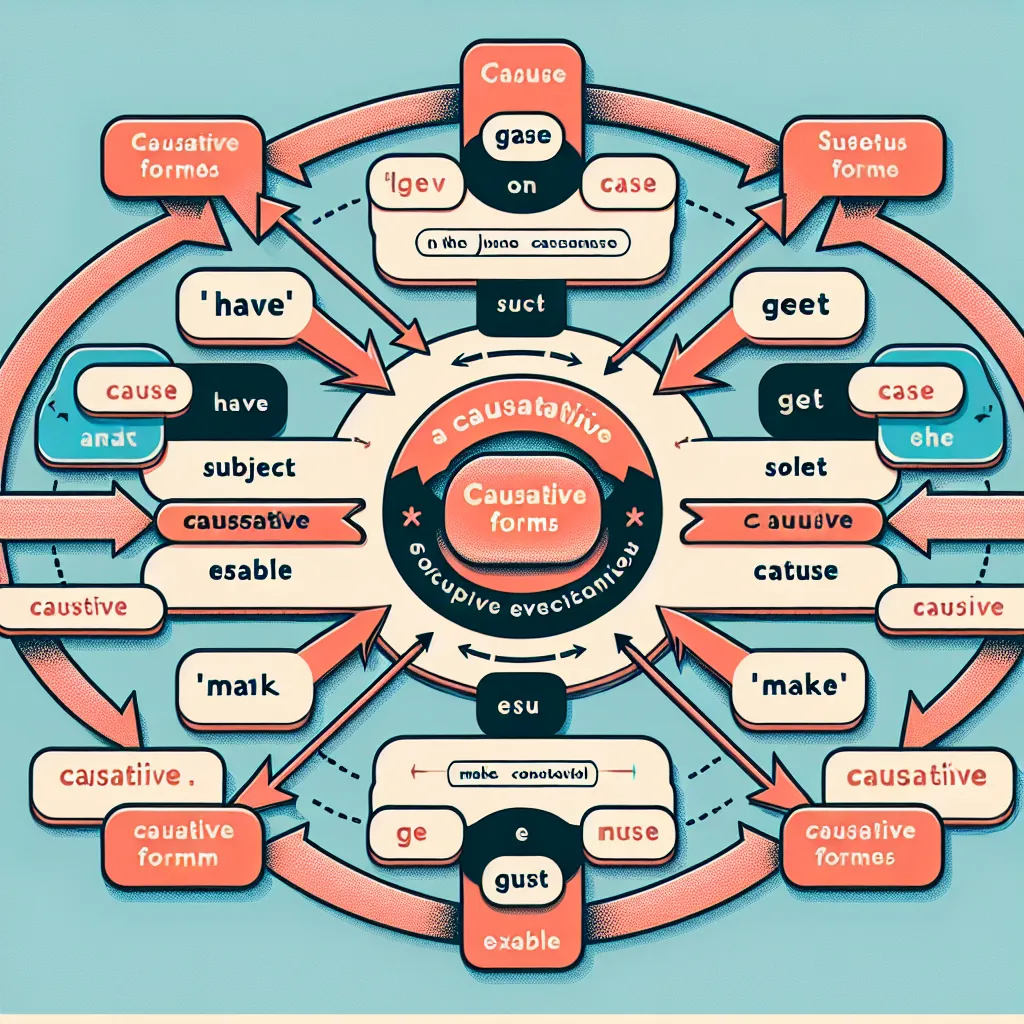Indirect speech, also known as reported speech, is a crucial aspect of English grammar that allows us to convey what someone else has said without quoting them directly. Mastering this skill is essential for effective communication, especially in academic and professional settings. This guide will provide you with valuable insights and practical tips to help you excel in using indirect speech.
Understanding Indirect Speech
Indirect speech involves reporting what someone has said without using their exact words. It requires changing the tense, pronouns, and time expressions to reflect the perspective of the person reporting the speech.
 Indirect Speech Diagram
Indirect Speech Diagram
Why is Mastering Indirect Speech Important?
- Accurate reporting: It allows you to convey information accurately without the need for direct quotes.
- Professional communication: In business and academic contexts, indirect speech is often preferred for its formality.
- Improved writing skills: Mastering Indirect Speech enhances your overall writing ability, particularly in narrative and report writing.
- IELTS success: Indirect speech is frequently tested in IELTS exams, making it crucial for achieving high scores.
Key Rules for Mastering Indirect Speech
1. Tense Changes
When converting direct speech to indirect speech, tenses often need to be adjusted. Here’s a general guide:
- Present Simple → Past Simple
- Present Continuous → Past Continuous
- Present Perfect → Past Perfect
- Past Simple → Past Perfect
- Will → Would
- Can → Could
- Must → Had to
Example:
Direct: “I am studying for my exam,” said John.
Indirect: John said that he was studying for his exam.
2. Pronoun Changes
Pronouns often need to be adjusted to reflect the perspective of the reporter:
- First person (I, we) → Third person (he, she, they)
- Second person (you) → First or third person, depending on context
Example:
Direct: Sarah said, “I love my new car.”
Indirect: Sarah said that she loved her new car.
3. Time and Place Expression Changes
Time and place expressions often need to be adjusted:
- Now → Then
- Today → That day
- Yesterday → The day before
- Tomorrow → The next day
- Here → There
- This → That
Example:
Direct: “I’ll see you tomorrow,” Tom said.
Indirect: Tom said that he would see me the next day.
Common Challenges and How to Overcome Them
1. Reporting Questions
When reporting questions, the word order changes to that of a statement, and question marks are removed.
Example:
Direct: “Where do you live?” she asked.
Indirect: She asked where I lived.
2. Reporting Commands and Requests
Use ‘to’ + infinitive to report commands and requests.
Example:
Direct: “Please sit down,” the teacher said.
Indirect: The teacher asked us to sit down.
3. Reporting Suggestions
Use ‘suggest’ + gerund or ‘that’ + subject + (should) + base verb.
Example:
Direct: “Let’s go to the cinema,” Mary said.
Indirect: Mary suggested going to the cinema.
Practical Exercises for Mastering Indirect Speech
To truly master indirect speech, practice is key. Here are some exercises to help you improve:
- Conversion practice: Take direct speech sentences and convert them to indirect speech.
- News reporting: Listen to news broadcasts and try to report what was said using indirect speech.
- Storytelling: Narrate a story you’ve heard, using indirect speech to report dialogues.
- Role-playing: Engage in conversations with a partner, then report what was said to a third person.
 Indirect Speech Practice
Indirect Speech Practice
Advanced Tips for Perfecting Indirect Speech
- Context matters: Sometimes, tense changes are not necessary if the reported information is still true or relevant.
- Reporting verbs: Expand your vocabulary of reporting verbs (e.g., claim, mention, suggest) to add nuance to your reporting.
- Mixed tenses: Be aware that in complex sentences, you might need to use different tense changes within the same reported speech.
- Conditional sentences: Pay special attention when reporting conditional sentences, as they require careful tense manipulation.
Resources for Further Study
To continue improving your indirect speech skills, consider these resources:
- How to Use Indirect Questions Correctly: This guide provides specific tips on mastering indirect questions, a crucial aspect of indirect speech.
- Improving Direct and Indirect Speech: This resource offers comprehensive strategies for enhancing both direct and indirect speech usage.
- Grammar books: “English Grammar in Use” by Raymond Murphy and “Practical English Usage” by Michael Swan are excellent references.
- Online courses: Platforms like Coursera and edX offer courses on advanced English grammar, including indirect speech.
- Language exchange apps: Practice with native speakers using apps like Tandem or HelloTalk.
Conclusion
Mastering indirect speech is a valuable skill that will significantly enhance your English proficiency. By understanding the rules, practicing regularly, and utilizing the resources provided, you can become adept at using indirect speech in various contexts. Remember, consistent practice and application in real-life situations are key to truly mastering this essential aspect of English grammar. Keep challenging yourself, and don’t hesitate to seek feedback from teachers or language partners as you continue to improve your skills.




